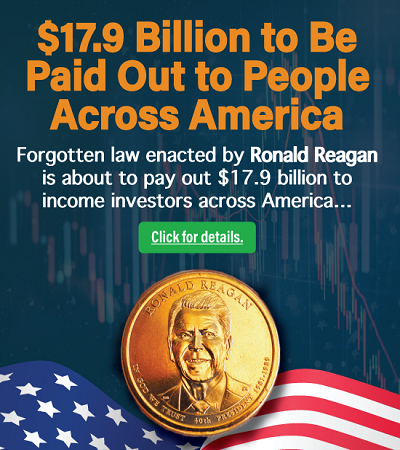A £10,000 investment in Tesla (NASDAQ:TSLA) one month ago would now be worth a little more than £9,190. This reflects an 8.1% decline as shares hover near two-month lows, but also a small appreciation of the pound.
Though still 43% above its November 2024 levels, Tesla has shed 30% from its December peak of $488.54, pulled down by leadership distractions, policy headwinds, and doubts over its sky-high valuation. For a company of its size, such volatility is unusual.
The slide explained
Tesla’s recent slump stems from a cocktail of self-inflicted and external pressures. CEO Elon Musk’s $97.4bn bid for OpenAI and his role leading the Trump administration’s Department of Government Efficiency (DOGE) have raised concerns about divided focus. Consumer favourability for Musk has cratered to 3% in January 2025, down from 33% in 2018, according to Morning Consult data.
Moreover, political risks also is a real concern. The Trump administration canceled a $5bn electric vehicle (EV) charging infrastructure programme, while new steel/aluminum tariffs threaten Tesla’s China-dependent supply chain.
Additionally, competition is intensifying, too, as BYD’s new $9,600 EV with self-driving tech undercuts Tesla’s pricing power. Tesla’s Q4 2024 earnings missed profit and revenue targets. Analysts have since trimmed 2025 revenue forecasts by 5% to $116.8bn. Insider selling — including a $20m stock dump by Musk’s brother Kimbal — has further rattled confidence.
Despite its size, Tesla trades more like a speculative growth stock. Shares plummeted 21% since Trump’s Inauguration Day (20 January 2025) and 6.3% on 11 February alone, events typically shrugged off by giants like Apple or Microsoft. With a beta of 2.1, Tesla remains twice as volatile as the S&P 500. This is likely a reflection of its dependence on Musk’s reputation and binary bets on futuristic tech.
Valuation vertigo versus tech superpower promise
Tesla’s financial metrics simply don’t comply to traditional norms for a company that makes cars. Its trailing price-to-earnings (P/E) ratio stands at 139.1 times, a staggering 820% premium to the sector median of 15.1 times. Even more eye-popping is its forward price-to-earnings-to-growth (PEG) ratio of 7.98, implying investors pay nearly $8 for every $1 of expected earnings growth — 409% above peers. By comparison, traditional sector leaders like Toyota trade with PEG ratios below 1.5.
Tesla’s huge valuation hinges on two unproven technologies: robotaxis and humanoid robots. A limited robotaxi pilot launches in Austin this June, but BYD’s DiPilot (God’s Eye) system — which is already deployed in China’s $9,600 EVs — threatens to gain an advantage on self-driving tech before Tesla scales. Meanwhile, Musk’s Optimus robots remain somewhat elusive with no clear commercialisation timeline.
As such, Tesla is a Rorschach test for investors. Bulls see a buying opportunity in the panic, while bears point to unsustainable valuations, Musk’s divided attention, and rising competition. Personally, I hope the Tesla succeeds, but I can’t back the stock with the current valuation. There is far too much execution risk with the stock at current levels, and detached from sector norms.
This post was originally published on Motley Fool



